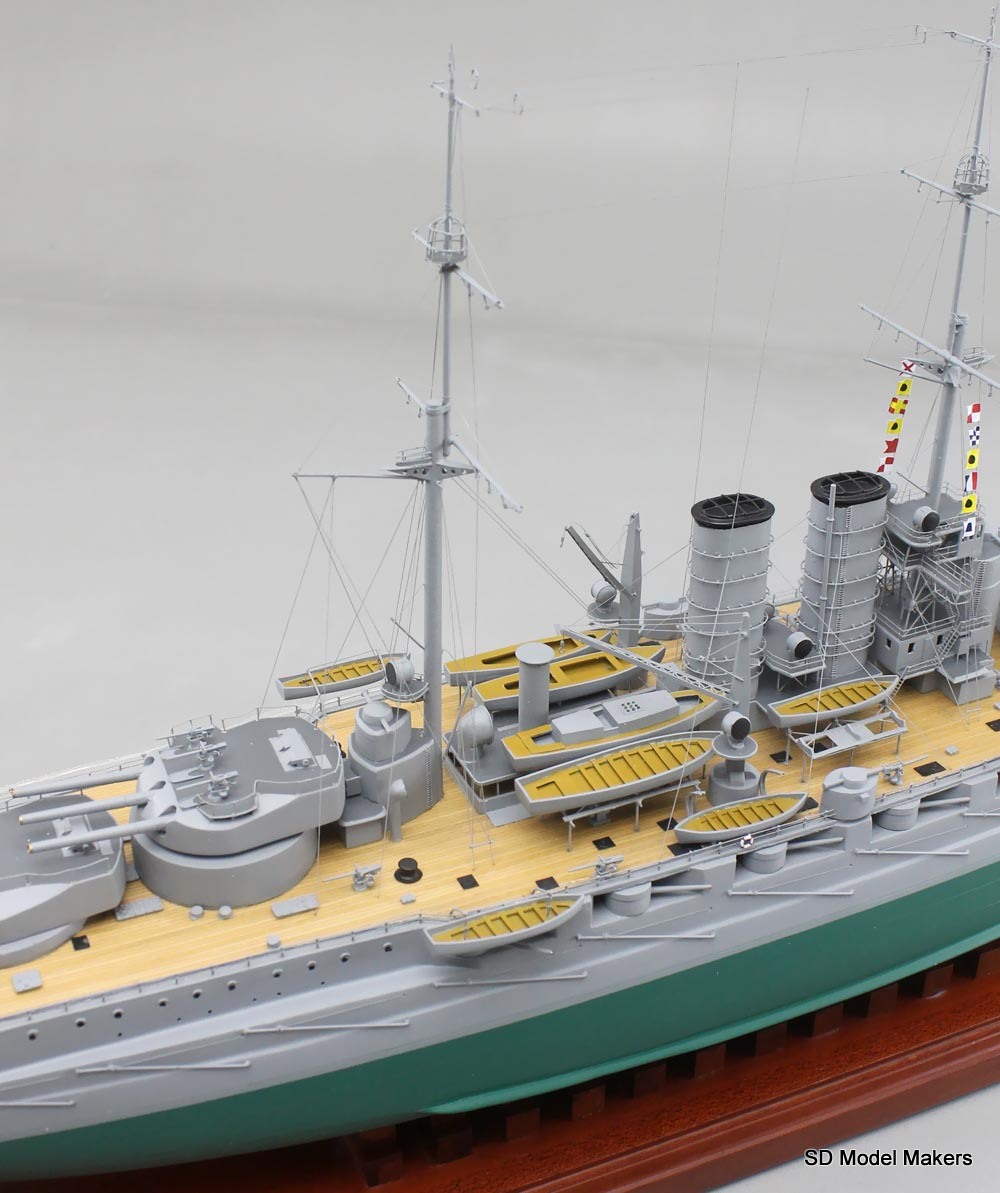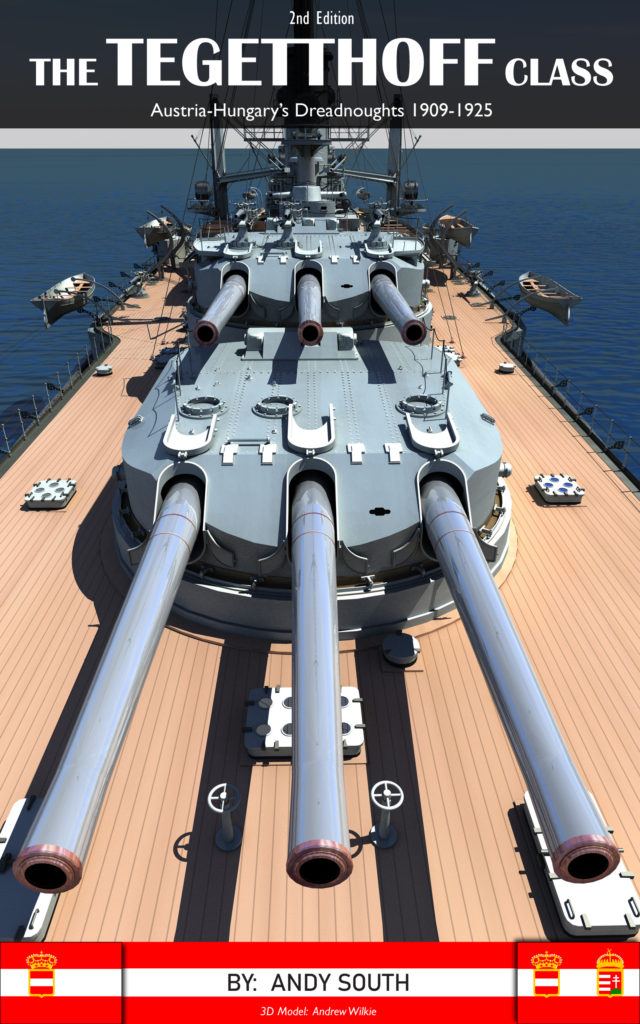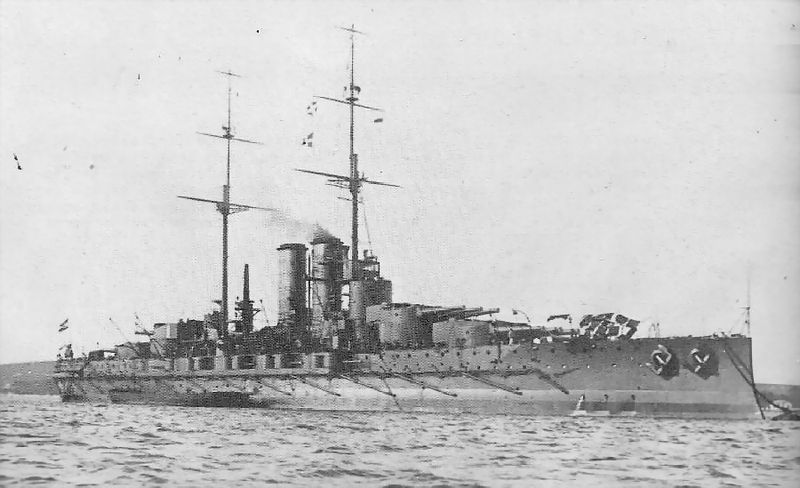

The funnel was also given a cap to keep smoke away from the bridge pagoda. Their funnels had been trunked together to form a pyramidal shape as per the original design (both the planned and the actual as-built version), but with the addition of so much equipment around it the space at the bottom between the funnels was no longer visible, so two trunked-together stacks now looked like one ginormous one. The ships that emerged from the reconstruction were nothing short of massive. Kawachi entered Yokosuka Navy Yard for her reconstruction on 21 September 1937, which lasted until 21 July 1939. These battleships outclassed anything anyone else in the world had in their fleets, and the ship hadn’t even been modernized yet! After the Coronation Review, the Japanese squadron visited Germany before heading home via the Mediterranean Ocean and Suez Canal ( Kawachi cleared the Canal with mere feet to spare on either side), and returned to Japan on 8 July.

While the world was impressed with Ashigara’s beautiful lines and concerned about the size of Nantai’s armament, what they saw in Kawachi downright terrified them. Along with heavy cruiser Ashigara and large cruiser Nantai, she steamed around the Horn of Africa and arrived in England in early May 1937. Kawachi’s reconstruction was delayed slightly, as she was selected as one of Japan’s three representatives at the Coronation Naval Review in England. None the less due to some Hungarian and Italian Naval enthusiasts as well as sheer luck I was able to collect as much info as I could.In the late 1930s, like most of the Japanese battleships, the Kiis underwent major reconstructions: Kii at Kure Navy Yard from 29 January 1937 – 29 November 1938, Owari at Yokosuka Navy Yard from 14 March 1937 – 14 January 1939, and Satsuma at Kure Navy Yard from 16 July 1937 –. Meaning while most of the documents were held in Vienna (Austria), some documents could be found in Budapest (Hungary), Pola and Zagreb (Croatia), Venezia (Italy) or might be even in Prague (Czech Republic). Not only because the troubled history of the Austro-Hungarian Empire and its successor states (Ships designed by Vienna and the various shipyards of Croatia and parts of nowadays Italy, Armour produced by Vitkovice in Silesia and Main guns produced and developed by Skoda in Bohemia (today Czech Republic), while engines and smaller calibre guns produced by Ganz-Danubius, Budapest, Hungary) in the past 100 years, but the documents of the ships might ended up in various parts of the old Monarch due to their contribution of the development and construction of the ships.

While the Ersatz Monarch class battleships is mostly likely the most well-known never-were project of the Austro-Hungarian Navy (Kaiserlich und Königlich Kriegsmarine), the history of the class and the other design variants considered are rather difficult to get knowledge of.


 0 kommentar(er)
0 kommentar(er)
